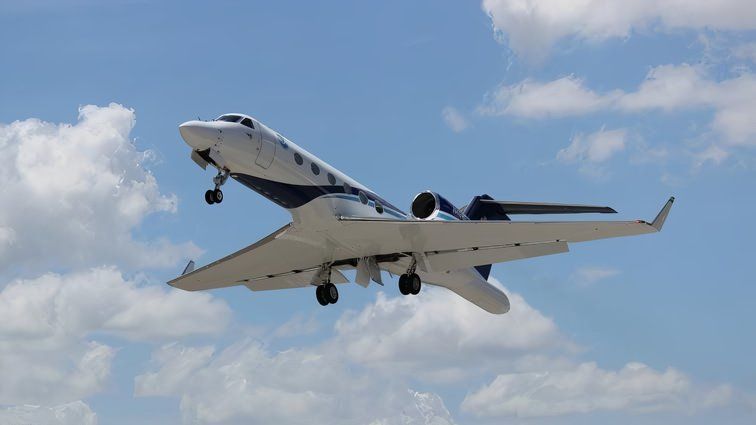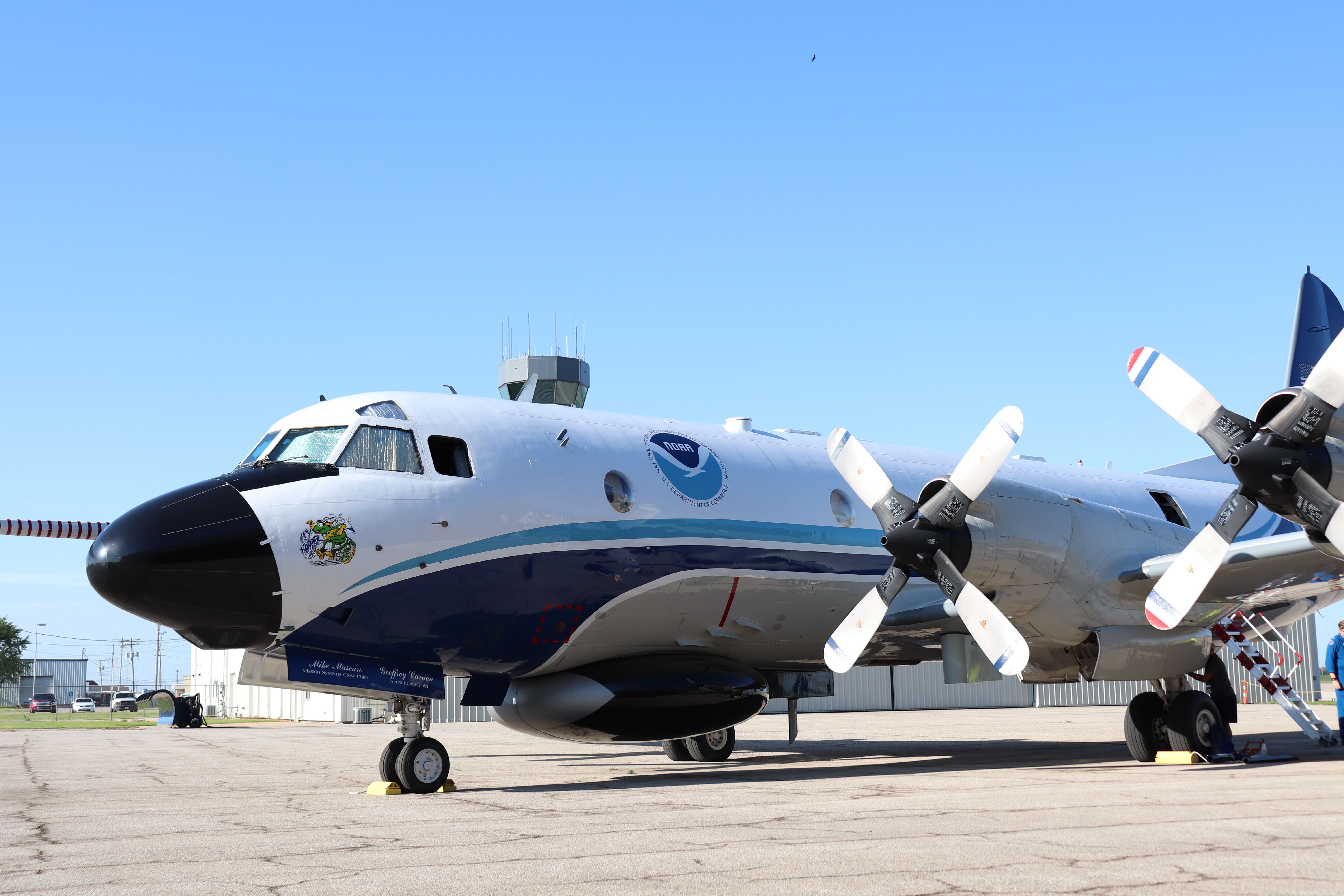On Monday, September 9th, the National Oceanic and Atmospheric Administration (NOAA), which is a United States agency responsible for forecasting the weather and monitoring atmospheric conditions, revealed it has officially launched several of its hurricane-hunting aircraft. The NOAA operates several aircraft in its fleet, each of which has slightly different objectives. Overall, the recently deployed aircraft are scheduled to observe and record information about the incoming Tropical Storm Francine.
New Tropical Storm mission for the NOAA fleet
Tropical Storm Francine is currently gaining steam in the Gulf of Mexico. It transformed into a tropical storm early Monday, September 9. Currently, the NOAA and the National Hurricane Center believe that the storm will make landfall as early as Wednesday, September 11. The two agencies are projecting the tropical storm to make landfall on the Texas and Louisiana coasts, with the storm moving northwest. This means that Tropical Storm Francine will pass through most of Louisiana.
Additionally, most projections believe that Tropical Storm Francine will gain enough momentum to develop into a hurricane before it makes landfall, which effectively puts Louisiana on a hurricane warning. Currently, according to CNN, the storm has sustained wind speeds of around 65 miles per hour, meaning it is only nine miles per hour away from being reclassified as a category one hurricane. Officials have warned that Tropical Storm Francine will bring a dangerous storm surge and flooding across the southern United States.
To help track this storm properly, the NOAA has launched some of its hurricane-hunting aircraft. On Monday, September 9, the NOAA revealed that its Gulfstream IV-SP aircraft, nicknamed Gonzo, was on its way to track the storm. This high-flying aircraft gathers high-altitude data as it flies above the storm.
Additionally, NOAA sent its Lockheed WP-3D Orion toward the storm. This aircraft, nicknamed Miss Piggy, flies into the hurricane to gather critical data about the incoming storm. Both of these aircraft help identify the aircraft’s intensity and potential route.
About the NOAA fleet
The NOAA operates several different aircraft that have a wide range of operations. This includes the previously mentioned Gulfstream IV-SP Gonzo, which is registered as N49RF. It also includes Miss Piggy, the large aircraft powered by four turboprop engines that is registered as N43RF. The NOAA operates a second Lockheed WP-3D Orion, known as Kermit, that is registered as N42RF. These are frequently operated aircraft in the Gulf of Mexico and in the Atlantic Ocean.
Photo: Alex Erwin | Shutterstock
Additionally, the NOAA flies four different de Havilland DHC-6-300 Twin Otter aircraft. These aircraft, which have impressive take-off and landing performance, are typically utilized for slow data collection missions, as they can fly slowly at altitude. Finally, the NOAA flies three different Beechcraft King Air 350s. These twin-engine aircraft are mostly used for coastal mapping or surveying missions.


